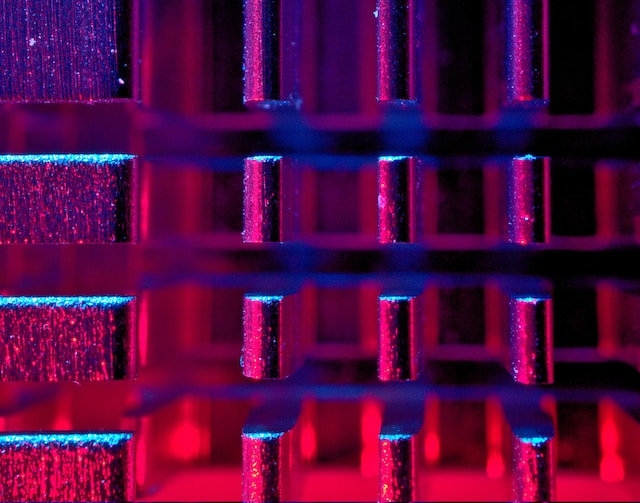Last June, the European Parliament approved the new AI Act. This means that EP representatives will negotiate the final text with the Council of the EU (the Council of Ministers). This is not expected to result in any major changes. In this blog, we take a sneak preview of that by going over the most important rules. Here is the outline of the new AI act

AI has taken off in recent years. AI systems are already being used in various industries, from healthcare to transportation to entertainment. However, the use of AI also brings new risks. For example, AI systems can be biased, violate privacy and affect the autonomy of individuals. We previously wrote a blog about the privacy risks of the AI application ChatGTP.
To ensure that AI is developed and applied responsibly and ethically, the AI Act was created. This article discusses The New AI Act in outline.
In principle, the scope of the AI Act is very broad. Among others, the rules apply to developers of AI systems, importers and distributors of AI systems, parties who incorporate already developed AI into their own software services, users who deploy such services. So anyone using AI in any way must be able to independently demonstrate that their AI complies with the Act
So-called basic models also fall within the scope of the Act. Basic models are models that were not developed for a specific application. They contain large amounts of data, but despite their complexity, they are fairly easy to tweak to a specific application. Compare it to ChatGPT which is a base model specifically suited for legal applications.
Responsibility: responsibility is placed on the developers and users of AI systems. They must be able to demonstrate that their systems are reliable, secure and ethical. This means that the developer of a specific application based on a basic model must therefore know how it works. In the event of damage or negative consequences caused by AI, they can be held liable
Transparency: AI systems must be transparent about their functionality and decision-making processes. Users must understand how the AI algorithm arrives at certain outcomes and what data is used.
Privacy: Privacy protection is an essential aspect of legislation. AI systems must comply with strict rules regarding the collection, storage and use of personal data. This helps ensure the privacy of individuals and prevent the misuse of data.
Human control: The New AI Act emphasizes the importance of human control over AI systems. Although AI can perform many tasks more efficiently than humans, the ultimate decision-making should remain in the hands of human operators. This prevents unwanted dependence on AI and safeguards human values and ethics.
The AI Act in outline. The Act distinguishes several risk categories.
Unacceptable risks. Systems that pose an unacceptable risk to the rights and freedoms of the individual are prohibited. Examples include social scoring and so-called manipulative AI systems. The Act describes manipulative systems as those that, for example, take advantage of the vulnerability of a specific group of individuals such as age or disability to disrupt behavior in harmful ways.
High risk AI systems with high risk will have a number of new obligations. These come in addition to existing obligations from, for example, the General Regulation (AVG). The new obligations must ensure that the risks are demonstrably controlled. Among other things, it must be made clear what data the system is trained with, where they come from, how biases and discrimination are excluded. An appendix to the AI Act lists high-risk systems.
Low risk In addition, the AI Act contains transparency requirements for AI applications that (may) have an influencing character such as chatbots or deepfakes. Such transparency should ensure that no one thinks they are dealing with a flesh-and-blood human being.
Oversight of this will be vested in the Autoriteit Persoonsgegevens in the Netherlands.
Negotiators will now take the AI Act to the Council of Ministers. Here the text will be negotiated. It is expected that not many changes will be made that would allow the Act to take effect on Jan. 1, 2024.

